June 26, 2022
Arrival via i-70
My day began zipping along the winding curves of Interstate 70 through Glenwood Canyon. This breathtaking stretch of highway involves a continuous series of bridges and tunnels over the Colorado River and through rocky canyon walls. This short section opened in 1992, among the last major links in the interstate system. At its heart, lies Hanging Lake Canyon.
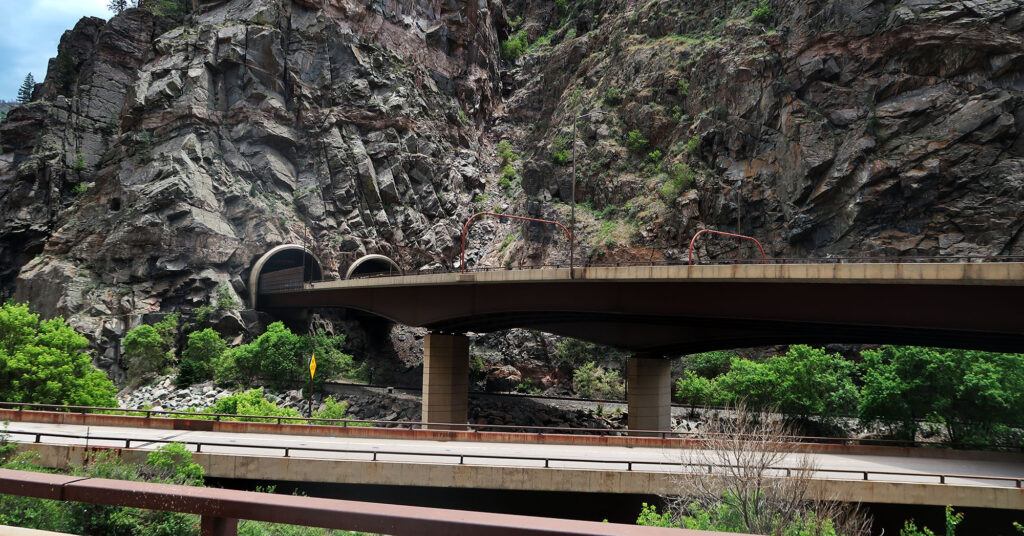
I pulled off the main highway at Hanging Lake’s dedicated exit. Motorists can only gain access via the East-bound lanes (e.g. from Glenwood Springs). The exit ramp crosses the Colorado River, before alighting in a gorgeous stretch of canyon unblemished by the highway (which instead travels through a tunnel.
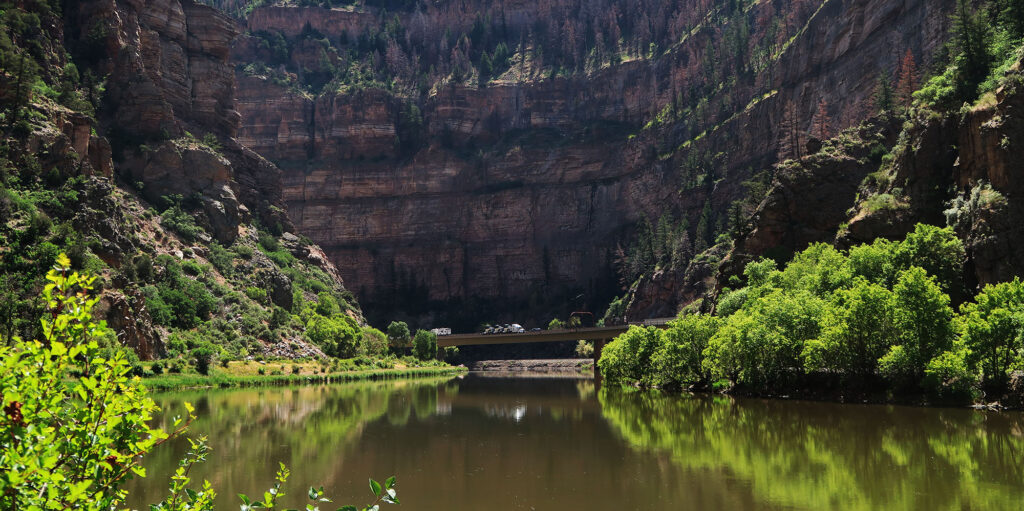
A gate attendant checked my hiking permit (more on that later). And I grabbed a parking spot at the small rest stop. I donned some hiking boots and began walking down the bike path toward the Hanging Lake trail.
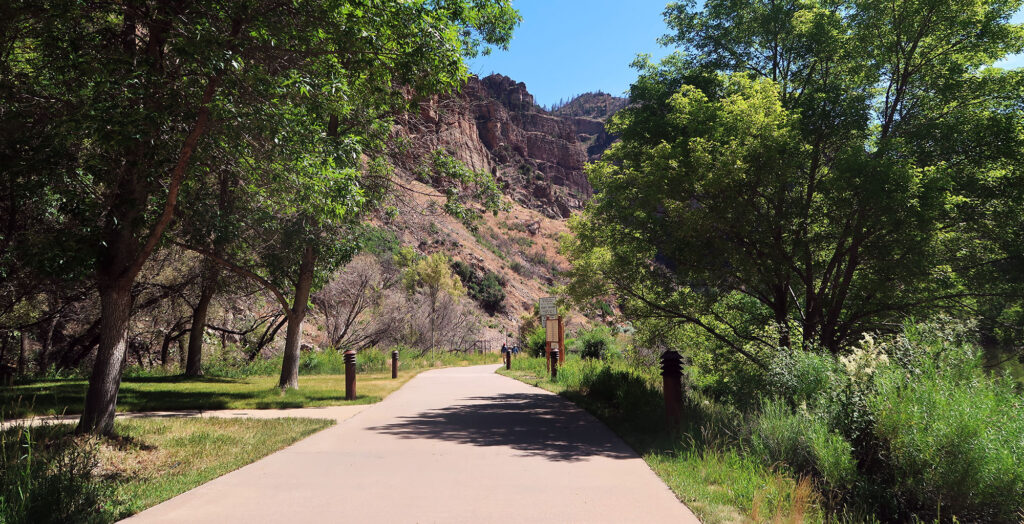
Secure a permit for Hanging Lake
Hanging Lake ranks among the most popular and highly rated hikes in Colorado. And that’s saying a lot considering the sheer quantity of exceptional hikes in the Centennial State. Due to this popularity, visitors must secure a permit to hike.
You can reserve a spot on Glenwood Springs’ website. Permits go on sale in the spring and are required until the end of October. Popular days sell out well in advance. While I’ve heard talk of a required shuttle to the site, this appears to have been suspended following the COVID outbreak. Instead, you can drive or bike to the trailhead.
The Ascent
The trail to Hanging Lake remains in excellent shape. The path runs wide and at a relatively gentle grade. Ample stone steps provide secure footing over steeper sections. And much of the trail runs under the canopy of deciduous trees along Dead Horse Creek—a rarity in the mountain west.
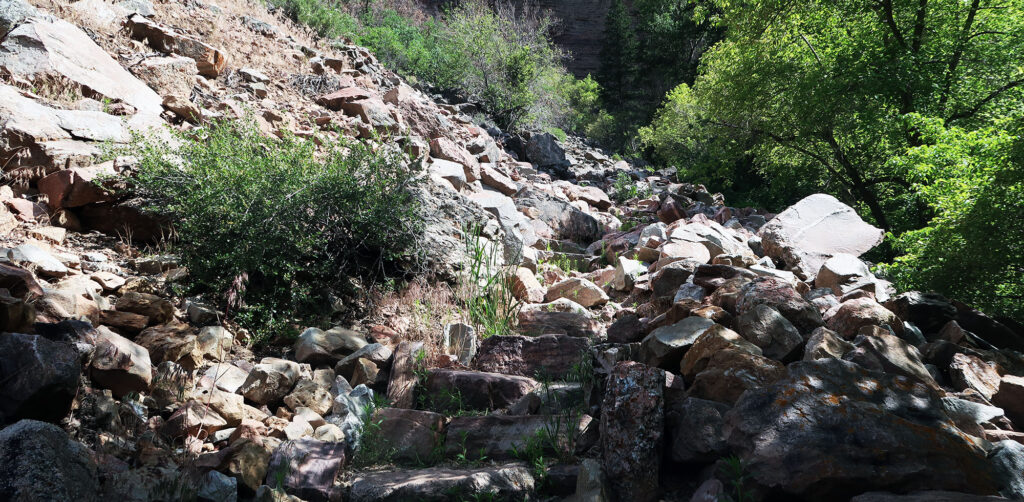
That said, it’s a decent effort to get to hanging lake. The route rises 1000 vertical feet in 1.2 miles. This is comparable to walking up the steps to the Empire State Building. Plan for a three-hour-plus excursion.
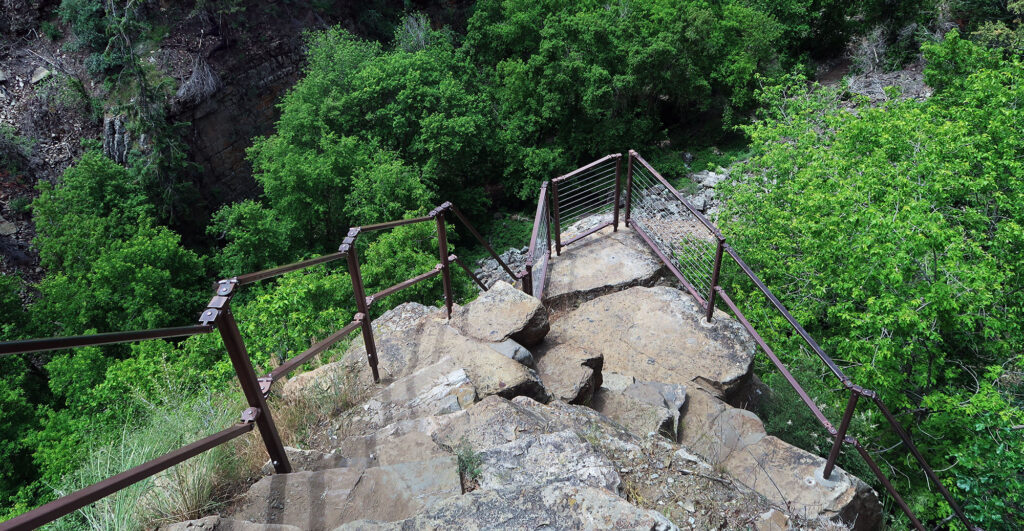
The trail hops across Dead Horse Creek numerous times en route to the lake. Every so often, you can stop and rest on a park bench, typically under shade. It’s such a well-thought-out experience.
Hanging Lake
Eventually, I reached the top of the ascent and the main event: Hanging Lake. The small pond sits perched high above the canyon containing Dead Horse Creek. Early in the hike, you lose the sounds and sights of i70 and the rest stop. But this area feels truly remote and special.
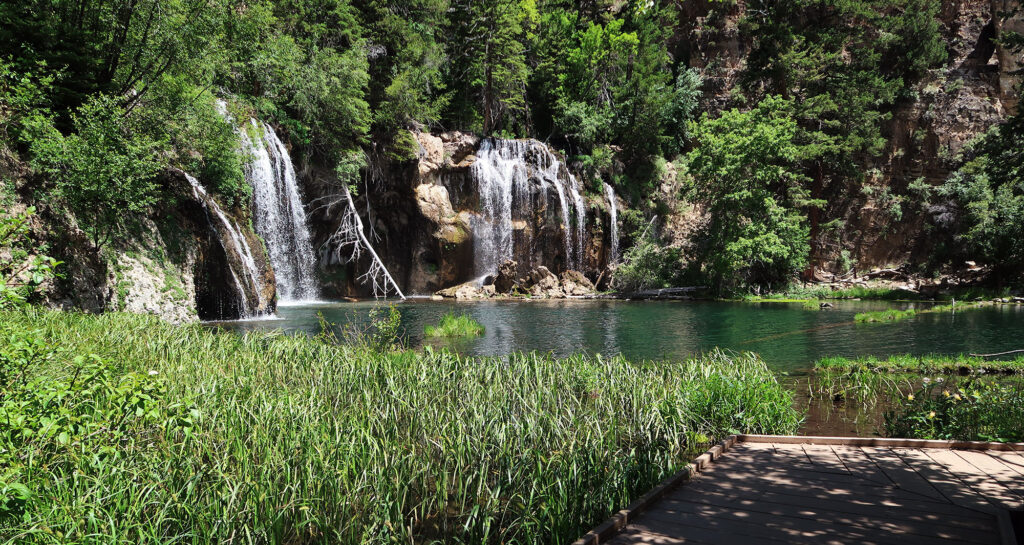
A well-built wooden boardwalk takes you across the outer edge of the lake, with ample bench seating built into the decking. I stopped and relaxed for a while under shade, soaking in the scene. Perched on the cliff edge, the space felt both expansive and super intimate.
The water also proved crystal clear. I could see trout swimming about in the shallow pool. Occasionally, they broke above the surface, causing small ripples.

Thousands of years of water flowing through the lake has deposited calcium and other minerals into its rock formations. This has built up over time to form travertine, a beautiful rock form more typically associated with northern Italy.
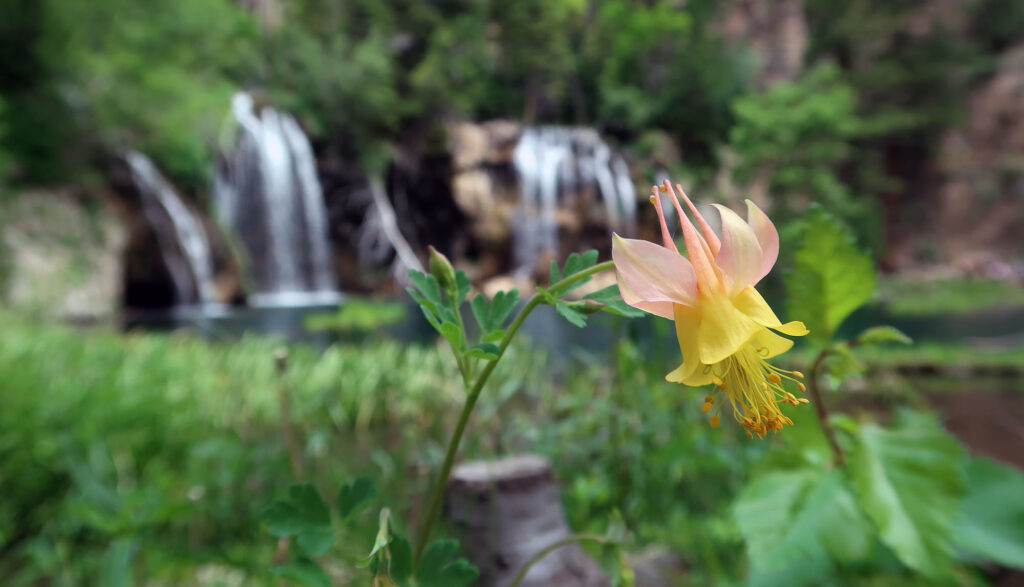
Spouting Rock
After enjoying Hanging Lake, I hiked a short distance further uphill. Just behind the lake are a pair of much taller waterfalls. The shorter of the two bursts out from a crack in the cliff wall, giving it the name “Spouting Rock”.
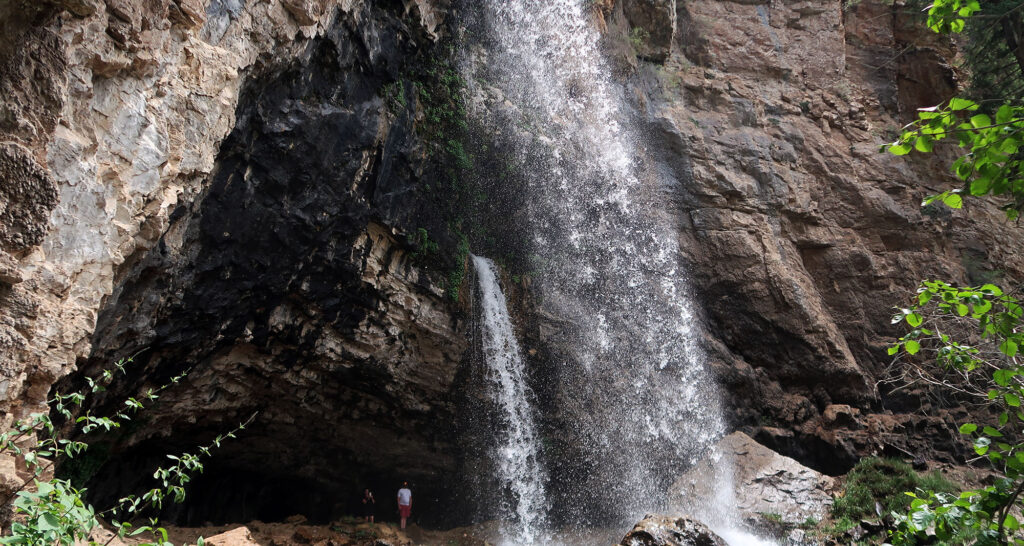
I followed the trail behind the falls. This called to mind the Jungle Cruise attraction at Disney and its famous joke about “the backside of water!” Good stuff.
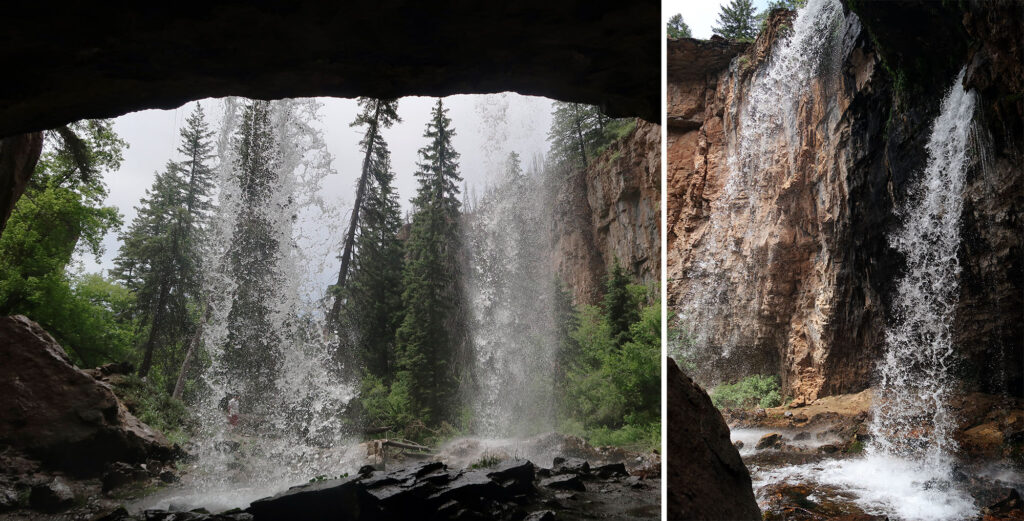
Afterward, I moseyed back down to Hanging Lake for one more soaking in of the views. This really is a super special place in Colorado. Well worth a visit for anyone willing to navigate a bit of permitting red tape.



It would also help to mention that you are not allowed to under any circumstances get into the water at hanging lake. There are micro organisms in that lake that do not exist anywhere else on the planet. unfortunately we are constantly having issues with people trying to get in the water.